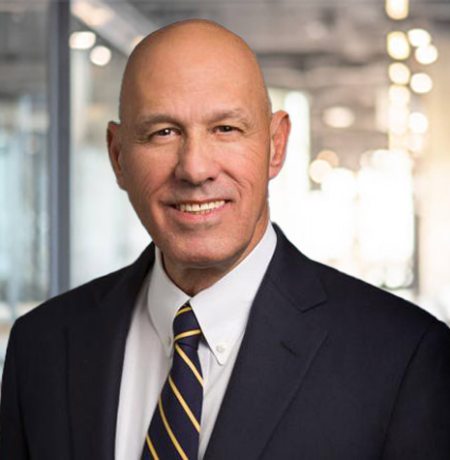
After several years of research and development, the automated teller machine made its first appearance in 1967 at a branch of London’s Barclay’s Bank. Two years later, the first U.S. ATM was installed at a branch of the Chemical Bank on Long Island.
However, ATMs remained a minimally used curiosity until one bank took a risk and external forces took control. In 1977, Citibank made a big bet on ATMs. (Do any of you New Yorkers remember the slogan, “The Citi that never sleeps”?) Then in January of 1978, New York City was hit with a snowstorm that closed bank branches for days, leading to a double-digit increase in ATM use. After that, other banks hurried to invest in the new technology. Over the next several decades, ATMs proliferated, climbing to a peak of 2 million worldwide.
Despite the popularity of ATMs, remote banking would have fallen far short of its potential if progress had stopped there. Today’s smartphone-enabled banking capabilities—budgeting, fraud protection, loan application, funds transfer, and on and on—leave ATMs in the dust when it comes to access, convenience, and tools.
In March of 2020, healthcare was in roughly the same place with telehealth as banks were in 1977 with ATMs. After years of research and development, telehealth was on the radar of most healthcare provider organizations, but relatively few had extensively deployed the technology. In 2019, Kaufman Hall’s State of Consumerism report found that only 20% of organizations had widely available video visits.
Then came COVID-19, and with it a 154% increase in telehealth use at the peak of the pandemic’s first wave. Organizations routinely reported accelerating their telehealth plans by years in order to accommodate the demand from patients not able to see providers in person.
However, as with ATMs and banking, telehealth will be a failure if it goes no further than today’s video visits and other routine features.
Siddhartha Mukherjee, MD, DPhil, Pulitzer Prize-winning author, and renowned virologist and cancer researcher, made this point forcefully in a presentation at Kaufman Hall’s Healthcare Leadership Conference last month. Mukherjee noted, first, that too often video visits are isolated encounters rather than part of a care plan with measurable goals and steps. Worse still, Mukherjee said, is when a video visit concludes simply by scheduling an in-person visit, essentially making the health system bear the cost of two visits instead of one.
But, Mukherjee said, the true failure would be if telehealth does not take advantage of the clinical and cost breakthroughs possible through increasingly advanced technology leading to a fully integrated digital health platform.
COVID has been to telehealth what the 1978 New York City blizzard was to ATMs.For banking, ATMs were just a first step in greater efficiency, convenience, and use of technology. The responsibility of healthcare providers now is to keep telehealth momentum going. That means continuing to promote telehealth to consumers and clinicians. It means improving the execution and efficiency of current practices. It means advocating for fair payment for telehealth services. And most of all, it means developing, investing in, partnering for, and promulgating sophisticated new digital technology that can bring about major advances in outcomes, convenience, and affordability.
COVID has had a devastating impact on the U.S. healthcare system, and we don’t yet know the intensity or duration of that impact. One positive glimmer that has come from COVID is the rapid adoption of telehealth. It is up to healthcare provider organizations to turn that glimmer into the bright light of progress. To fail in that effort would be to add yet another blow to the long list that COVID has delivered.









